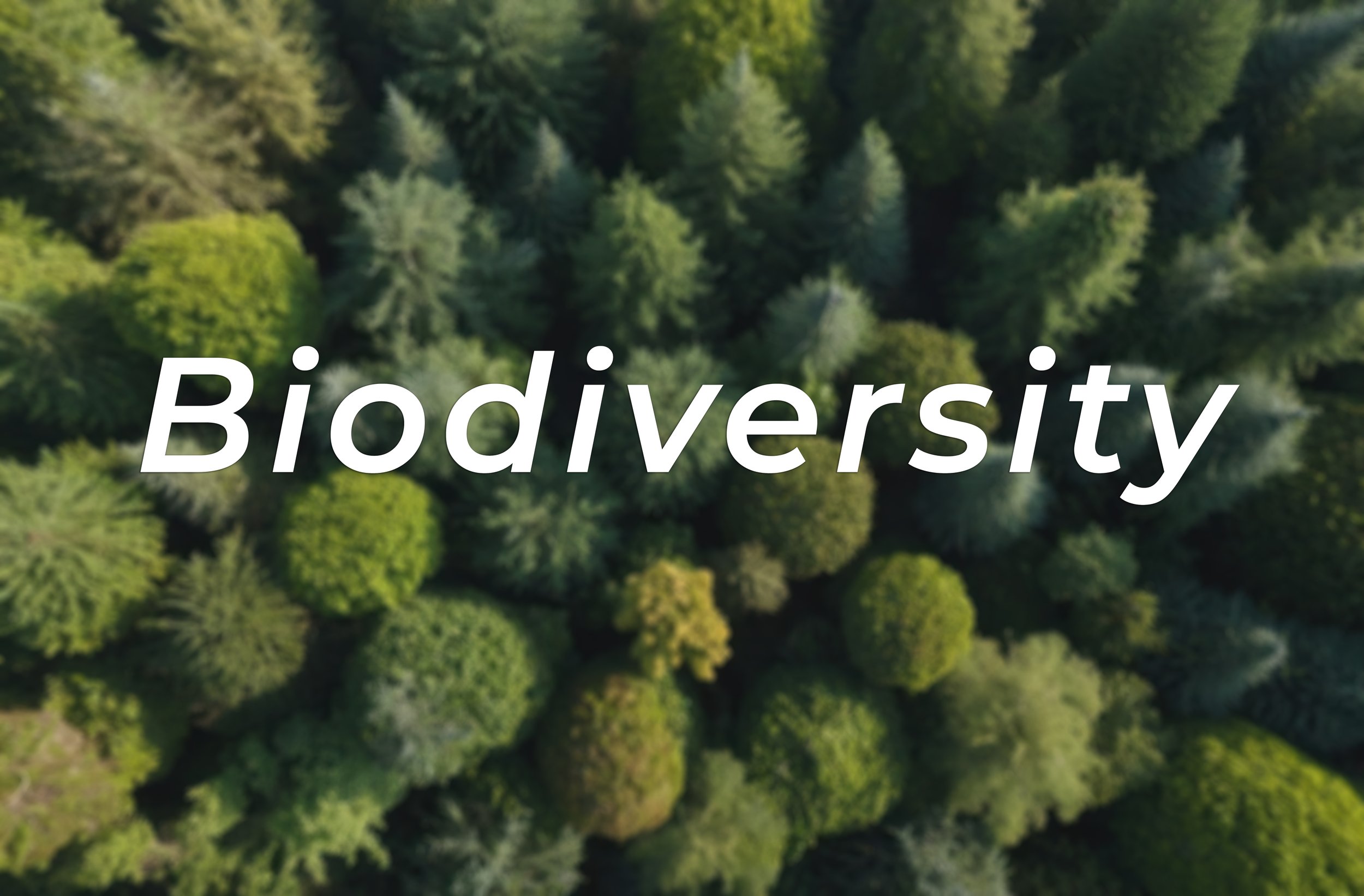Library
We are always looking for more Literature to add to our Library. If you have a paper you wish to disperse via our library, please contact us at info@britishhempalliance.co.uk

A Review on the Current State of Knowledge of Growing Conditions, Agronomic Soil Health Practices and Utilities of Hemp in the United States
Biodiversity
This article reviews the scope of the hemp industry in the United States as well as providing information of the growing and cultivation of hemp, including its use to improve soil health and as a cover crop.

Characterisation of Hemp (Cannabis Sativa L.) Roots under Different Growing Conditions.
Biodiversity
Characterisation of Hemp (Cannabis Sativa L.) Roots under Different Growing Conditions.

Impact of Organic Cultivation Technology of Fiber Hemp (Cannabis Sativa L) on Soil Agrochemical and Bioecological Properties.
Biodiversity
Impact of Organic Cultivation Technology of Fiber Hemp (Cannabis Sativa L) on Soil Agrochemical and Bioecological Properties.

Industrial Hemp (Cannabis sativa L.) Agronomy and Utilization: A Review.
Construction and Biocomposites
This review details the history, usage and prospects of industrial hemp as a reinvigorated agricultural resource. Not only does this paper offer a comprehensive review of the agronomy of industrial hemp but also gives concrete examples of a multitude of its uses.

Experimental and numerical evaluation of the hygrothermal performance of a hemp lime concrete building: A long term case study.
Construction and Biocomposites
This paper addresses the lack of long-term studies on the use of hemp-lime concrete (HLC) in real climatic conditions at the building scale. HLC has already been proven to possess excellent hygrothermal (moisture + heat) regulation properties as well as low energy requirements.

The Sustainability of Industrial Hemp: A Literature Review of Its Economic, Environmental, and Social Sustainability
Construction and biocomposites
This review analyses the renewed interest in industrial hemp as a sustainable agricultural commodity.

Application of Natural (Plant) Fibers Particularly Hemp Fiber as Reinforcement in Hybrid Polymer Composites
Construction and Biocomposites
This paper analyses the feasibility of using industrial hemp as a reinforcement in polymer composites for various industrial applications. Moreover, it addresses the need for a more sustainable alternative for mineral (glass) fibre reinforced structural polymer, in line with Polish and European policy. In addition, this paper gives on overview of the long history of hemps industrial purposes

Comparison of the hygric behaviour of three hemp concretes.
Construction and Biocomposites
This study compares the hygroscopic activity of three hemp concretes to determine whether composition
and manufacturing impacts its hygric (moisture-related) properties. It does this by analysing thee
measurement of the sorption curve, the water vapor permeability versus humidity and, the moisture
buffer value.

Physical Characterization of Ten Hemp Varieties to Use as Animal Bedding Material
Construction and Biocomposites
This study examined the suitability of 10 different hemp cultivars for commercial animal bedding, using the hurds of the plants. Specifically, it assessed each cultivar’s moisture (M), water absorption (WA) and ammonia absorption (AA).

Sustainable Development and Hemp
Sustainable Development and Hemp
This latest paper from EIHA - European Industrial Hemp Association is designed to provide concise, yet comprehensive information on how hemp can contribute to achieving ESG objectives. From environmental benefits such as carbon sequestration and soil remediation to social advantages like job creation and community development, hemp offers a multitude of opportunities for companies committed to sustainability.

Impacts of traditional field retting of hempon soil organic carbon and the soil microbial community.
Phytoremediation Agriculture
This study investigates the impact of field retting industrial hemp on soil carbon and microbial communities.

Phytoremediation Potential of Hemp (Cannabis sativa L.): Identification and Characterization of Heavy Metals Responsive Genes.
Phytoremediation and Heavy Metals
This report focused on addressing heavy metal pollution in soils via hyperaccumulator plants. It focuses on industrial hemp to identify two important response genes: glutathione-disulfide reductase (GSR) and phospholipase D-alpha (PLDa).

Mechanical and physical properties of industrial hemp-based insulation materials
Construction and Biocomposites
This study compares the thermal insulator properties of industrial hemp with wood-based materials. The hemp shives were processed to produce hemp fibreboards, using urea-formaldehyde resin. Characteristics tested included density, swelling, screw withdrawal resistance, tensile and building strength.

